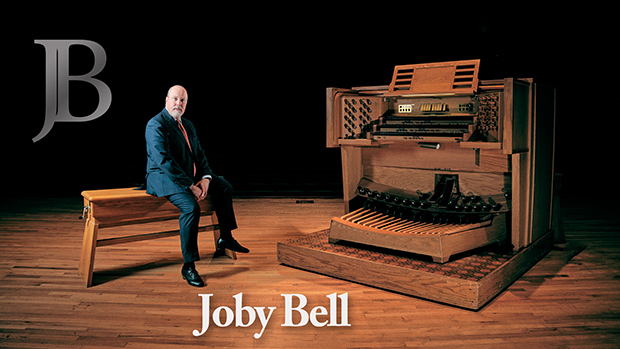Aging and teaching
 Monday, July 4, 2011 at 11:39PM
Monday, July 4, 2011 at 11:39PM As of this writing, I am exactly 43 years 4 months old. My head knows that I’m a youngster and that the best is yet to come; this is corroborated by anyone older than me, who exclaims that I’m but a baby. But my heart remembers that the best days of my life – so far – are still back in college, now more than twenty years ago. “Middle Age” seems to be appropriately named, because I seem to be between best days of my life, with little to hang onto in the Middle.
My gut says that I will be a happy old man. But I am not getting there gracefully. I bemoan the hair loss, the layer of fat, the BPH, the age spots, and the keratosis from a carefree childhood in the sun. But I fear obsolescence and irrelevance even more.
Enter my students.
In teaching, you’re almost completely at the mercy of the market, for you know only through feedback how well you’re doing. We have lots of peer- and administration-generated reviews, but what about the students’ feedback? They don’t write much or very informatively on student evaluations. But they give feedback by continuing to practice what I preached. They give it by making careers out of their training. And they give it by coming back to visit.
Not every teacher’s office is a safe house for students. Mine is, at least in part because it is located near the quiet end of the hall, where some students enjoy hanging out. When I am “in residence,” my door stays open, and I love having visitors. I give directions, help with theory homework, loan stuff, explain how I got all those LPs, explain what LPs are, play amateur counselor, etc. All in a day’s work. It’s in my nature to enjoy doing that, and perhaps that's what will keep me current and relevant into old age. But it does so much for ME for these students of mine to come and visit, especially after they have graduated. They have no idea how much that means and how much it boosts my spirits to see them and catch up. Even if I crossed swords with a student in the past, it means a lot when they come back or send an email to tell me that I was right about the treachery of church politics and to thank me for the warning. Technology is also playing its part, as usual; I’m enjoying “Words With Friends” on my iPhone with about six students at a time.
So to all those students who come to me for advice, for designated driving, for amateur counseling, or just to stay in touch, you have NO IDEA how much that means, and perhaps you won’t know until you experience your own version of getting older. Meanwhile, your loyalty is free therapy for me. Thank you.
